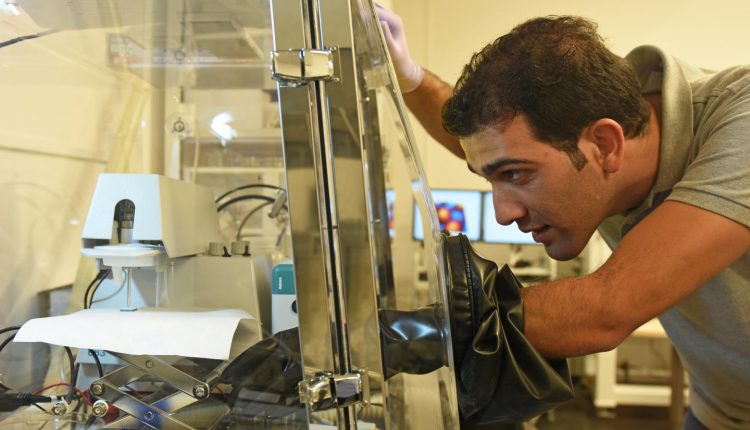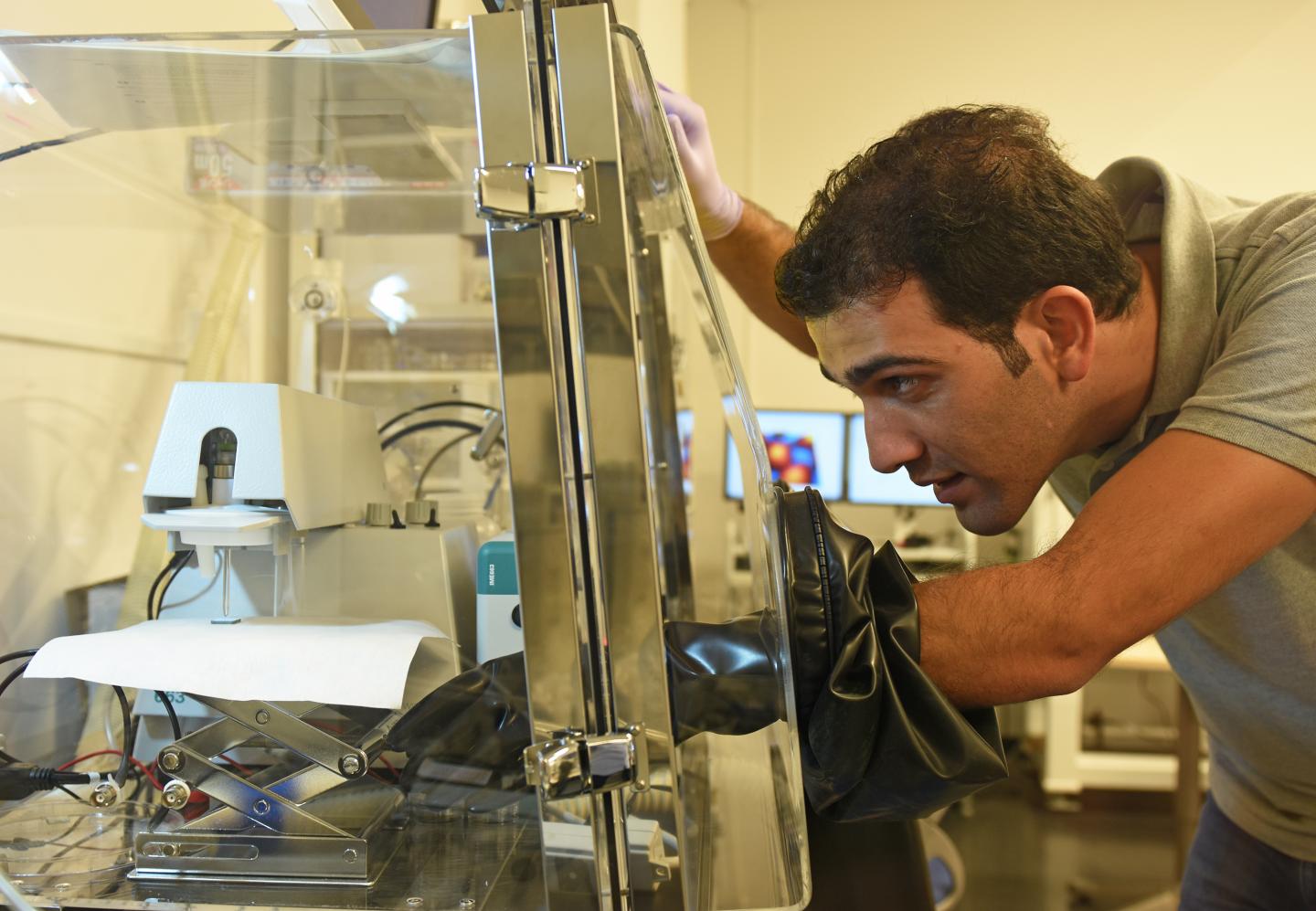
How do you enhance solar cells’ power? Water them
Less than ten years ago, a breakthrough in the solar realm was developed. Since then, perovskite solar cells have been rising in popularity in the photovoltaic landscape. Since their invention, their efficiency has doubled twice and it is now over 22% .
Their name is derived from their light-harvesting layer that characterizes them and makes them lighter, cheaper, and more flexible than traditional crystalline silicon-based cells.
These kinds of solar cells are typically exposed to ambient air for several hours after their create, which actually increases their efficiency, though up until now scientists weren’t sure why.
Now researchers from the Energy Materials and Surface Sciences Unit (EMSS) at the Okinawa Institute of Science and Technology Graduate University (OIST) have come up with an explanation.
“It’s intriguing: why do we need ambient air to enhance the effectiveness of perovskite solar cells?” said Zafer Hawash, first author of the study and an OIST PhD student, commented. “Which component of the ambient air is linked to this phenomenon?” Starting from these questions, the researchers focused their attention on the top layer of the solar cells.

Since the top-most layer is the one in direct contact with ambient air, it’s clear that that’s the layer to benefit the most. The layer is called the “hole transport layer”, and contains a dopant — a substance that enhances the electrical conductivity of the material.
“It is known that the dopant of the hole transport layer plays a key role in perovskite solar cells’ performance,” said Hawash. “But it was not clear how.”
The scientists performed controlled exposure of the hole transport layer to environmental gasses, focusing on oxygen, nitrogen, and moisture (water that in a gas state). Then, they would check the electrical properties of the hole transport layer to see if and how the inside changed.
“What we found is that oxygen and nitrogen do not have any role in the redistribution of the dopants,” said Hawash. “But in the case of moisture, the solar cells’ efficiency increases. This is the discovery: moisture is the air component that causes the redistribution of the dopant across the material, and thus the enhancement of the electric properties of the solar cells.”
The scientists explain this phenomenon with the structure of the transport layer, which has many pinholes that allow the passage of gasses between the ambient and the underneath material. The dopant in the transport layer is a salt (Lithium TFSI). Being a salt it has the ability to absorb water. When the solar cells are exposed to moisture, the water absorbed by the transport layer causes the dopant to redistribute. However, long time exposure to moisture has a detrimental effect on the solar cells.
The researchers also monitored the effects of oxygen on the solar cell and found that it enhances the electrical conductivity of the transport layer, but not for long.
However, with the right amount of exposure to moisture, the electric proprieties are irreversibly enhanced.
Therefore, exposing the device to moisture after fabrication is the most effective way to enhance the solar cells’ performance.
This breakthrough may have an impact of the future of perovskite solar cells, since it finally explains a common practice and can now lead the way to further improvement in the perovskite solar cells’ performance.

Comments are closed, but trackbacks and pingbacks are open.